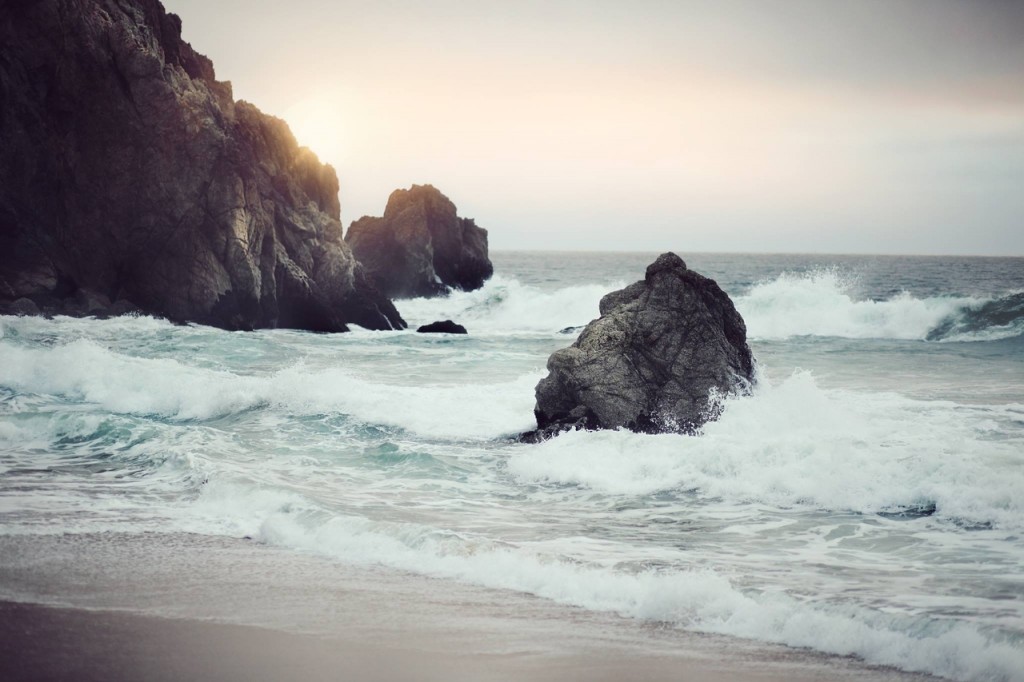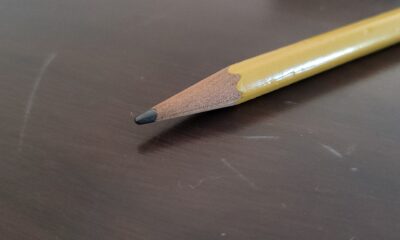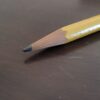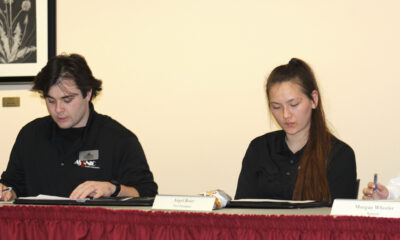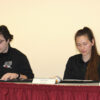By day, Christie Stephens studied nursing at NIC. By night, Stephens followed NASA’s Twitter page in hope that she would be able to attend the Nov. 23 launch of the new Curiosity rover, destination Mars.
This year, NASA has arranged for a launch-day Tweetup, inviting 150 Twitter followers to share their own experiences at the launch of the United Launch Alliance Atlas V 541 from Cape Canaveral Air Force Station in Florida. A myriad of different people will have the opportunity to tour and Tweet with NASA during this much-anticipated launch.
“I guess this is NASA’s way of saying ‘We’re still here!’” Stephens said.
November 23 and 25 are the set dates for the Tweetup, but attendees are invited to be involved in much more than just Tweeting the event. Stephens has the opportunity to share Thanksgiving dinner with several astronauts from previous missions.
“The 150 people are so random,” Stephens said. “There are astrophysicists, librarians… even two people from the White House.”
Only two other attendees are students, Stephens said, so she feels as if this is a valuable opportunity for NIC to follow the event from a more personal point of view.
Weighing in at around 2,000 pounds and taking up an area of 9 square feet, the Curiosity rover is one of the largest Mars vehicles yet. During the Curiosity’s two-year mission to Mars, the rover will explore the possibilities of microbial life on the red planet. This rover is also one of NASA’s largest rovers in general, with an on-board lab and even Twitter capabilities, Stephens said.
A ChemCam, Radiation Assessment Detector, and Alpha Particle X-Ray Spectrometer are other star pieces of equipment on board. Curiosity has also been engineered to cover more diverse terrain; climbing over obstacles up to approximately two feet high and traveling up to 700 feet a day. Powered by the heat from plutonium-283’s radioactive decay, Curiosity is planned to traverse the surface of the red planet for an entire Martian year or 687 Earth days. For the rover’s energy supply, NASA has even teamed up with the United Stated Department of Energy.
“I want people to see just how exciting this is. NASA built the stuff we use every day, like the screens on your phones and parts of your camera,” Stephens said. “I’m bringing every tech item I have!”
Curiosity’s estimated time of arrival on Mars is scheduled for August of 2012. Landing of the rover has been improved from previous missions as well. This mission, Curiosity will land on a target area of only twelve miles long in the Gale Crater, about five times smaller than previous landing sites. Most importantly, this level of precision is a step toward bringing Martian rocks back to Earth for study and analysis.
“I guess I’m most excited about meeting the scientist and engineers that actually made the rover,” said Stephens.
Stephens, along with the 149 other attendees, will get one-on-one time with the engineers and scientists behind the launch as well as a tour of the Kennedy Space Center. Stephens invites NIC students to follow not only her page, twitter.com/cstephens30, but NASA’s as well. One can even follow the tweets from Curiosity itself @MarsCuriosity. Stephens also encourages interested students to check out the Jet Propulsion Laboratory’s web page, where “science nerds” can go and learn about the expertise behind the launch.
Stephens isn’t the only NIC affiliate who has been involved in the upcoming launch, either. Dr. Ingrid Fruth, microbiology lab instructor, wrote her thesis on the aseptic techniques used to sterilize crafts going into outer space. Introducing microbes from Earth into space violates international law along with compromising the purpose of this mission to Mars.
The launching of the Mars Curiosity rover heralds a $2.5 billion price tag. NASA hasn’t ceased sending American astronauts into space, either. Boeing has been commissioned to build a new shuttle at Cape Canaveral, as the current space shuttle has become “too old for operation,” Stephens added. In the meantime, the United States has teamed up with Russia, and has recently announced its plans to send an American astronaut into space with Russia’s Soyuz TMA-22 team.
